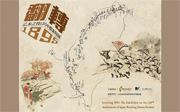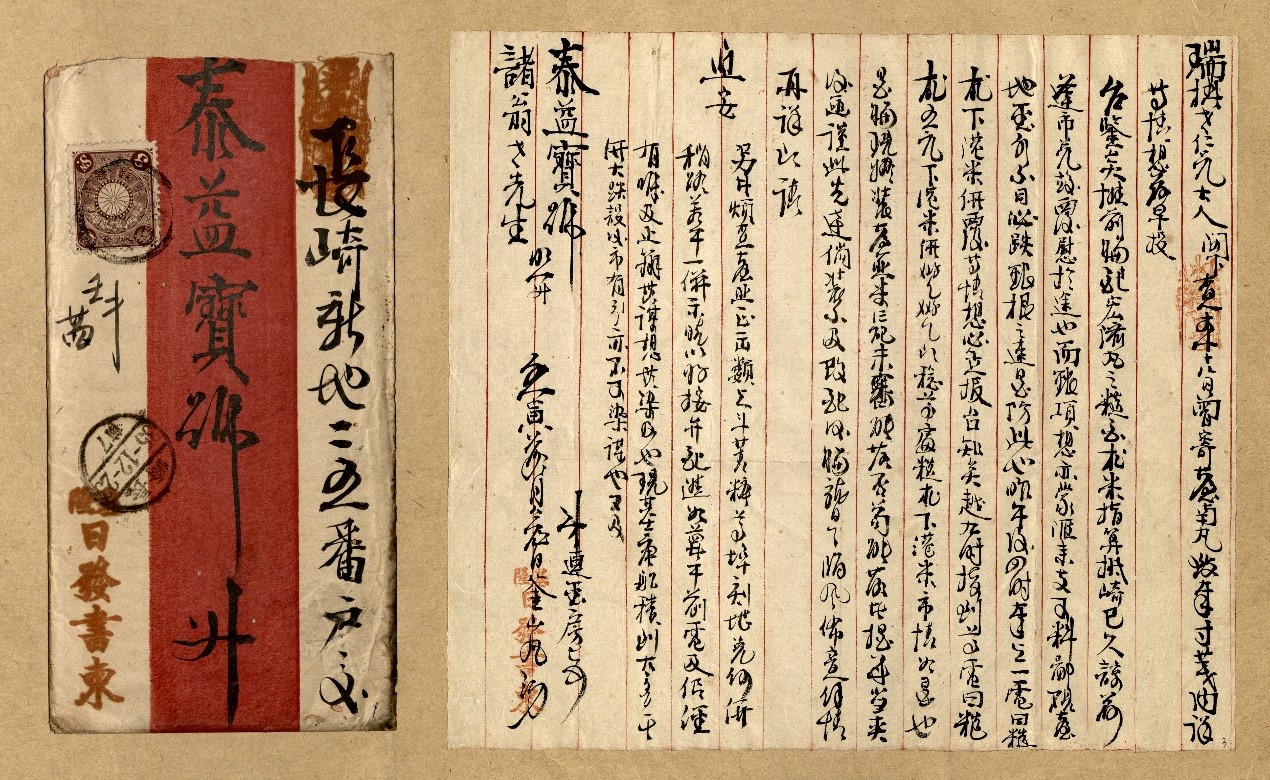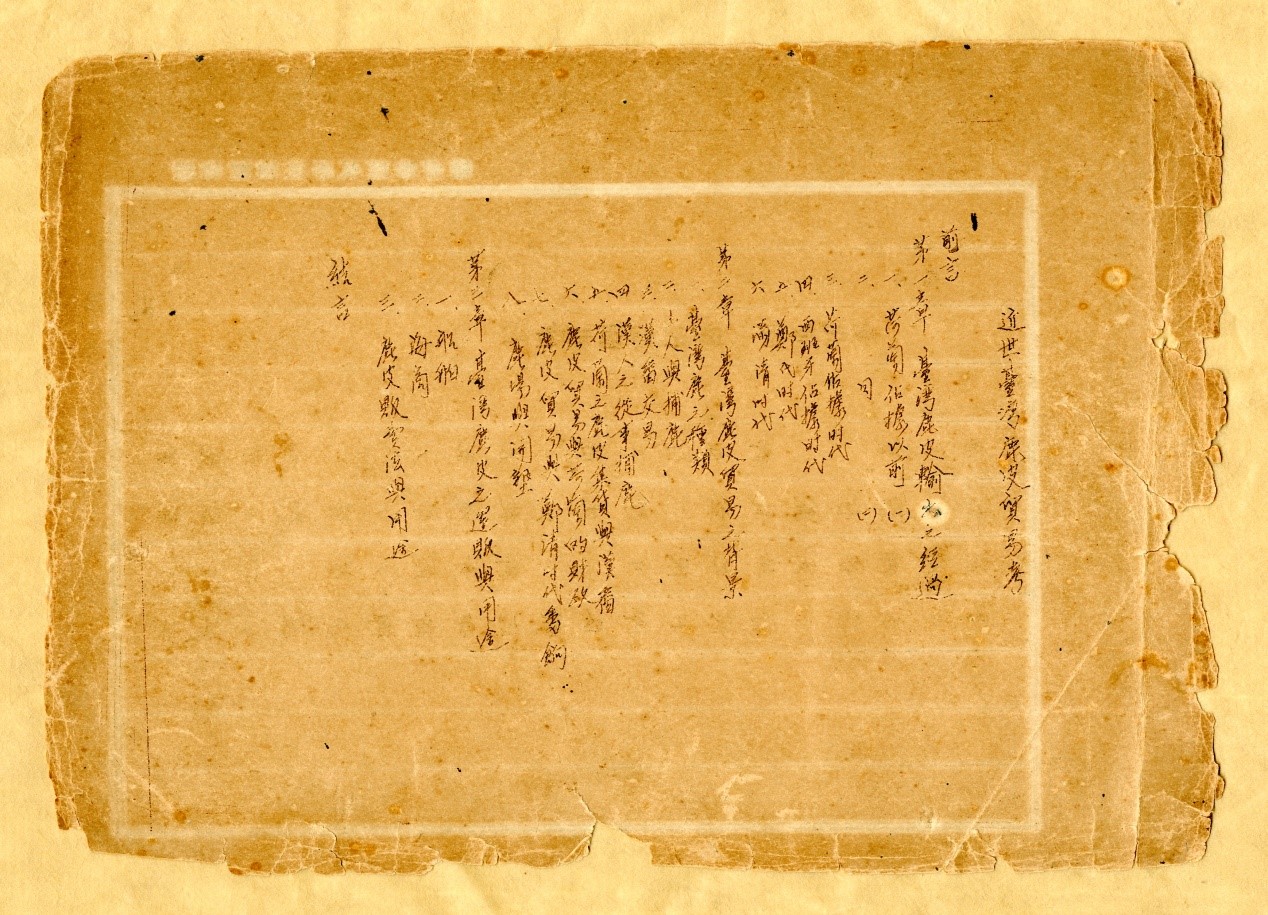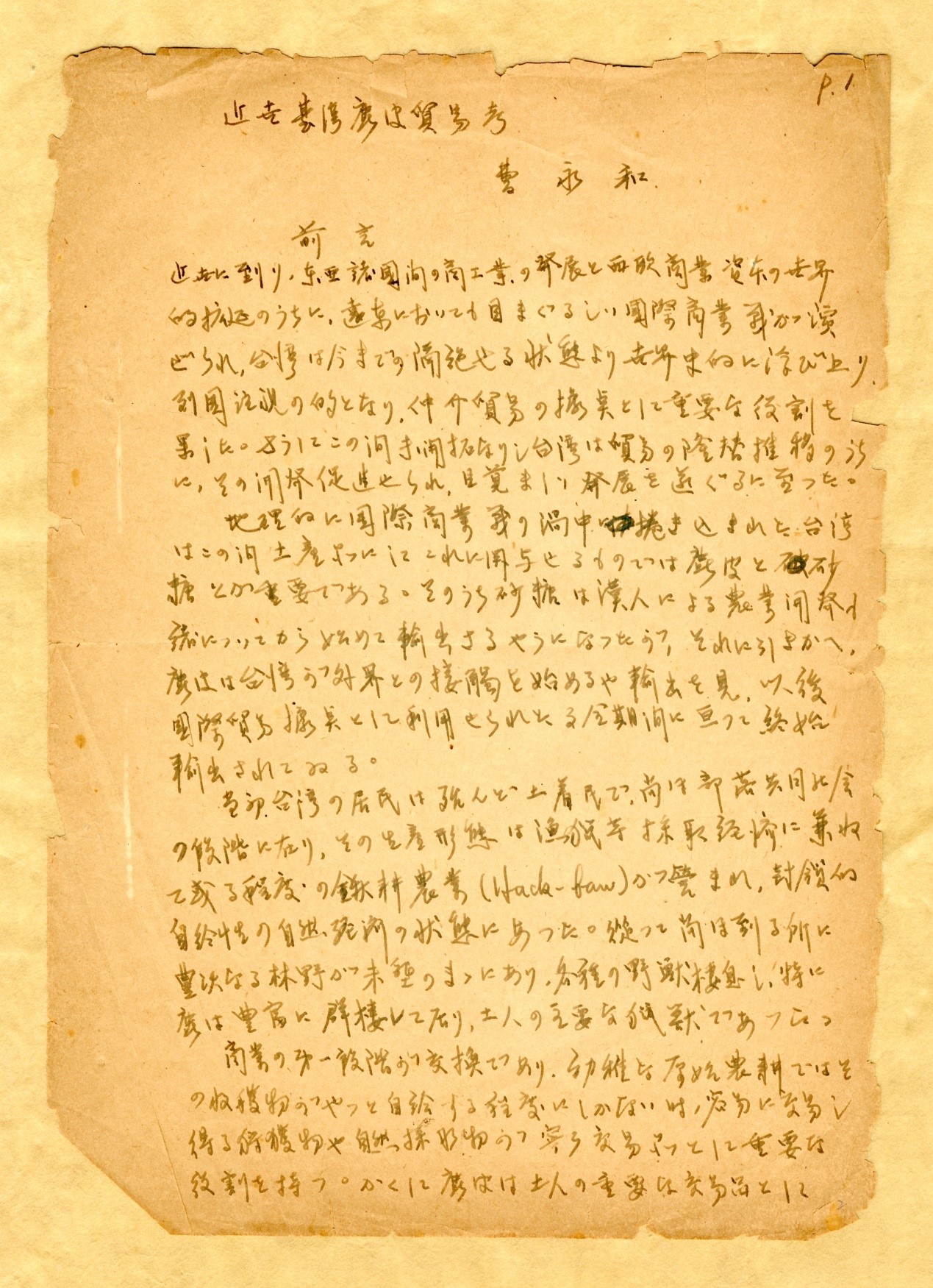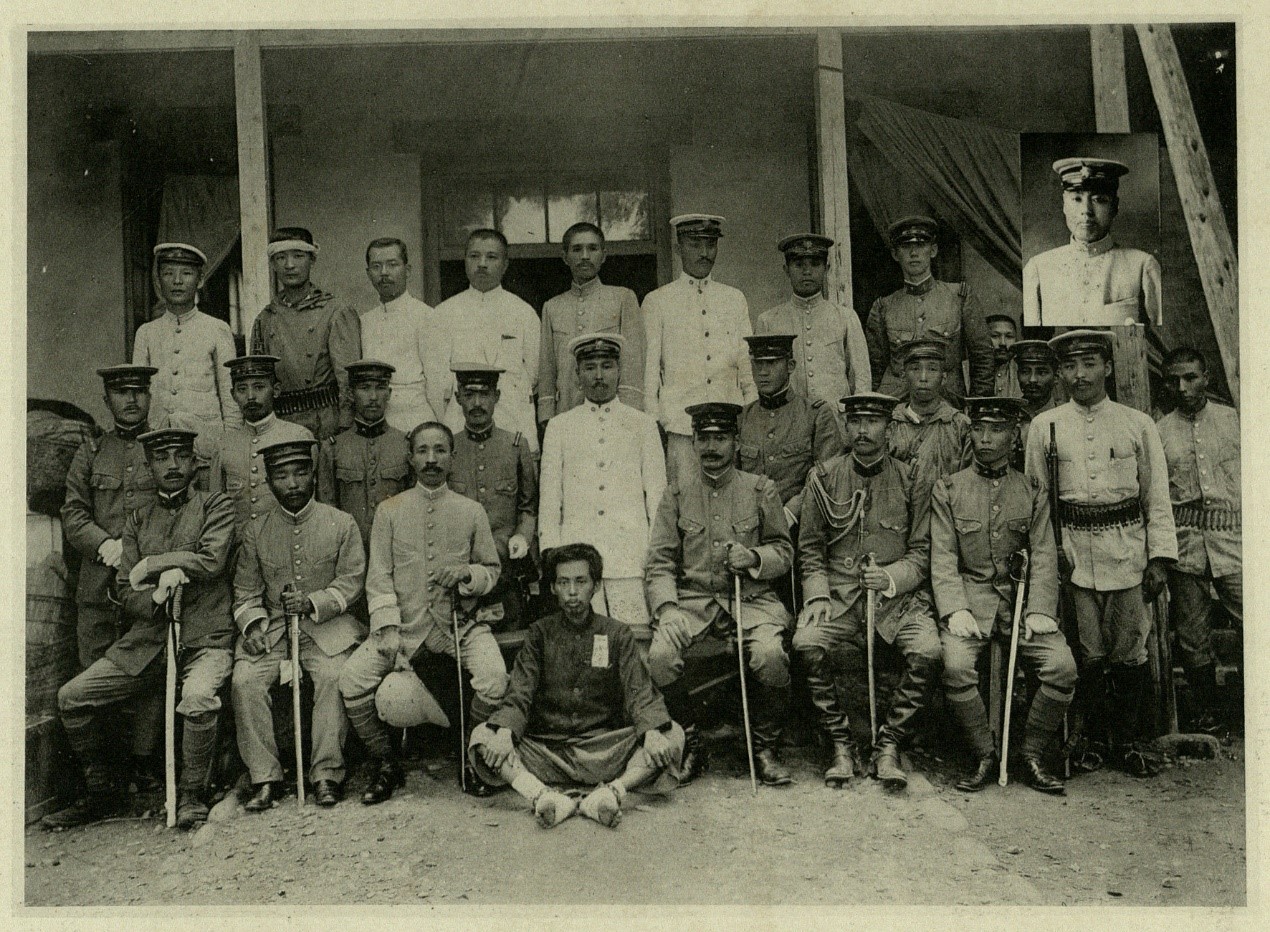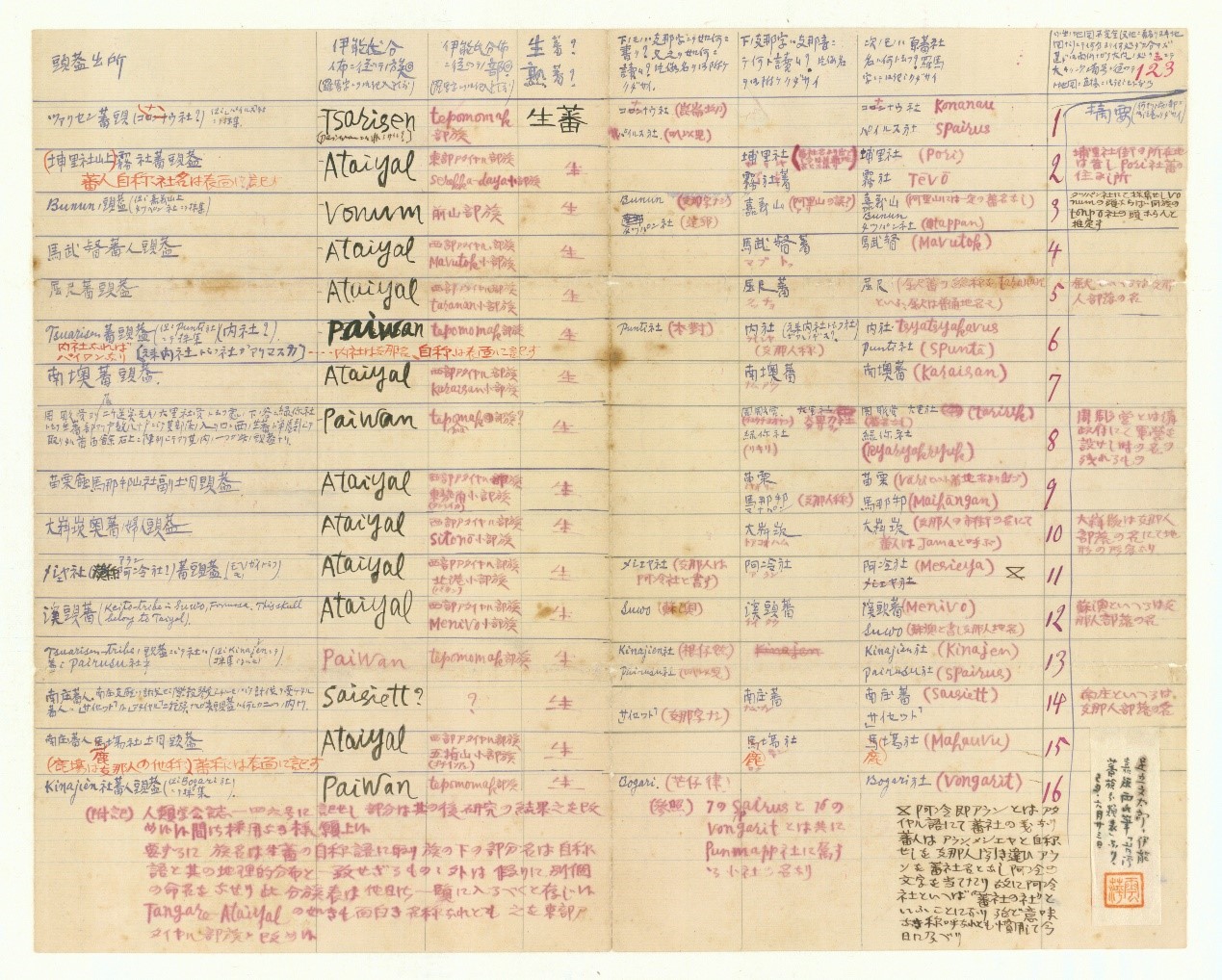|
Difficult Beginning for a New Frontier With the end of the WWII in August 1945 and a change of regime in Taiwan, Taiwanese history as an academic discipline was transformed from the study of colony into that of Chinese regional history. Under the authoritarian rule ushered in by the decree of martial law in 1949, the right for people to assemble and organize themselves and to freely speak and publish was severely curtailed. Shortly before the lifting of martial law, Kwang-chih Chang of Academia Sinica in 1986 called for and promoted field research into Taiwanese history, aiming at the gathering of Taiwanese historical materials. Taiwanese history as an independent academic discipline at last officially made its entry into the most respected of academic institutes in Taiwan. In 1993, the Office of the President approved of the establishment of a preparatory office to the purpose. The ITH officially came into being in 2004, becoming the most representative academic institution in Taiwan with regard to Taiwanese historical research.
Figure 9: Academician Kwang-chih Chang Presiding over a Work Report Meeting on the Project for Taiwan History Field Research, 1998.
Figure 10: Inauguration Ceremony for the Institute of Taiwan History, Academia Sinica, 2004
With three decades’ worth of work behind them, the six research groups of the ITH ‒ focused on socioeconomic history, colonial history, ethno-history, cultural history, environmental history and maritime history ‒ have attained impressive achievements in such areas as the uncovering of historical materials, the development of research topics, the training of professionals and academic exchanges on the international scene. The exhibition reveals the fruits of the academic research of the ITH and its featured archival collections in the following topics: ‘Ethnic Groups and Regions,’ ‘Society and the Economy,’ ‘Colonization and Culture’ and ‘Environment and Diseases.' Successive waves of migrants passed through the island of Taiwan and came into contact with the peoples of the surrounding areas. Within the island, massive mountains served as geographical barriers and several rivers running from the west to the east impeded transportation between the north and the south. These factors contributed to a great deal of variation within the island’s ecosystem in which complex interconnections existed side by side with diversity in terms of the composition of the population, the natural environment and the development of society. With the passage of time, history left its mark, revealing the varied social and cultural patterns on the island of Taiwan.
Figure 11: Aboriginal Boundary Map of Qing Taiwan, Qianlong Year 25 (1760)
Taiwan became a nexus of international commerce in the course of the 17th century, trading in Taiwanese deerskin, Chinese silk and tea as well as Indian cotton and spices in great volumes. During the reign of the Qing Dynasty, agricultural products in Taiwan acquired their commercial character and, with greater access to international trade through seaports by 1860, tea, sugar and camphor emerged the main exports. During the period of Japanese rule, Taiwan was incorporated into the economic system of Japan and the exports came to be dominated by rice and sugar. As a matter of government policy, the Taiwan Development Co., Ltd. ran its business in eastern Taiwan and directed the development of tropical agricultural products in southern China and Southeast Asia. In the post-war period, the economic structure of Taiwan continued its evolution away from agriculture and towards industry and services and Taiwan’s external trade remained deeply affected by international circumstances and unique local factors.
Figure 12: A Letter Issued to The Tai Eki & Co. Papers of Nagasaki concerning the business of rice trade, December 1902.
Figure 13: ‘Deerskin Trade in Contemporary Taiwan,' Yung-Ho Tsao’s Manuscript
During the 50 years of Japanese rule, Taiwan came under the effects of both colonization and modernization. The Government-General of Taiwan employed modern methods of governance bringing Taiwan into the framework of colonial rule through the use of the police and baojia systems. The population and resources of Taiwan became the subjects of detailed national surveys for measurement and management. Under the influences of global liberal and democratic ideas in the 1920s, a new generation of intellectuals began a democratic movement that was centered on Taiwan. Border crossings also became the business of a modern state and citizens under the protection of national sovereignty travelled abroad in force leaving traces of their lives around the world.
Figure 14: Ching-fang Yu, Mastermind of the Tapani Incident, in Group Photo with Japanese Soldiers in Tapani Cho after His Capture, 1915.
Figure 15: Anthropological Field Notes of Ino Kanori in Japanese Colonial Taiwan
Between the 16th and 18th centuries, the growth of farmland under the Han Chinese followed a concentric pattern, with the irrigation systems constructed accordingly. Irrigation canals altered the environment and socioeconomic factors in the irrigated areas and impacted how people related to one another. During the period of Japanese rule, irrigation canals were nationalized, bringing changes to social structure. Japanese rule also introduced modern healthcare systems to Taiwan and personal hygiene and health became an area to be monitored and regulated by the national bureaucracy, as evidenced in the Government-General of Taiwan establishing public health systems with improved medical care as a means to control the spread of infectious diseases. And yet, diseases are also a product of human activities and policies of national development. Extreme climate and new types of diseases of recent years also prompt a reassessment of how humans should relate to nature.
Figure 16: ‘Khoo-le-lah’ (cholera) pandemic in Taihoku Cho, 1919
Figure 17: Routes of Transmission for Malaria, 1930s |
 |


